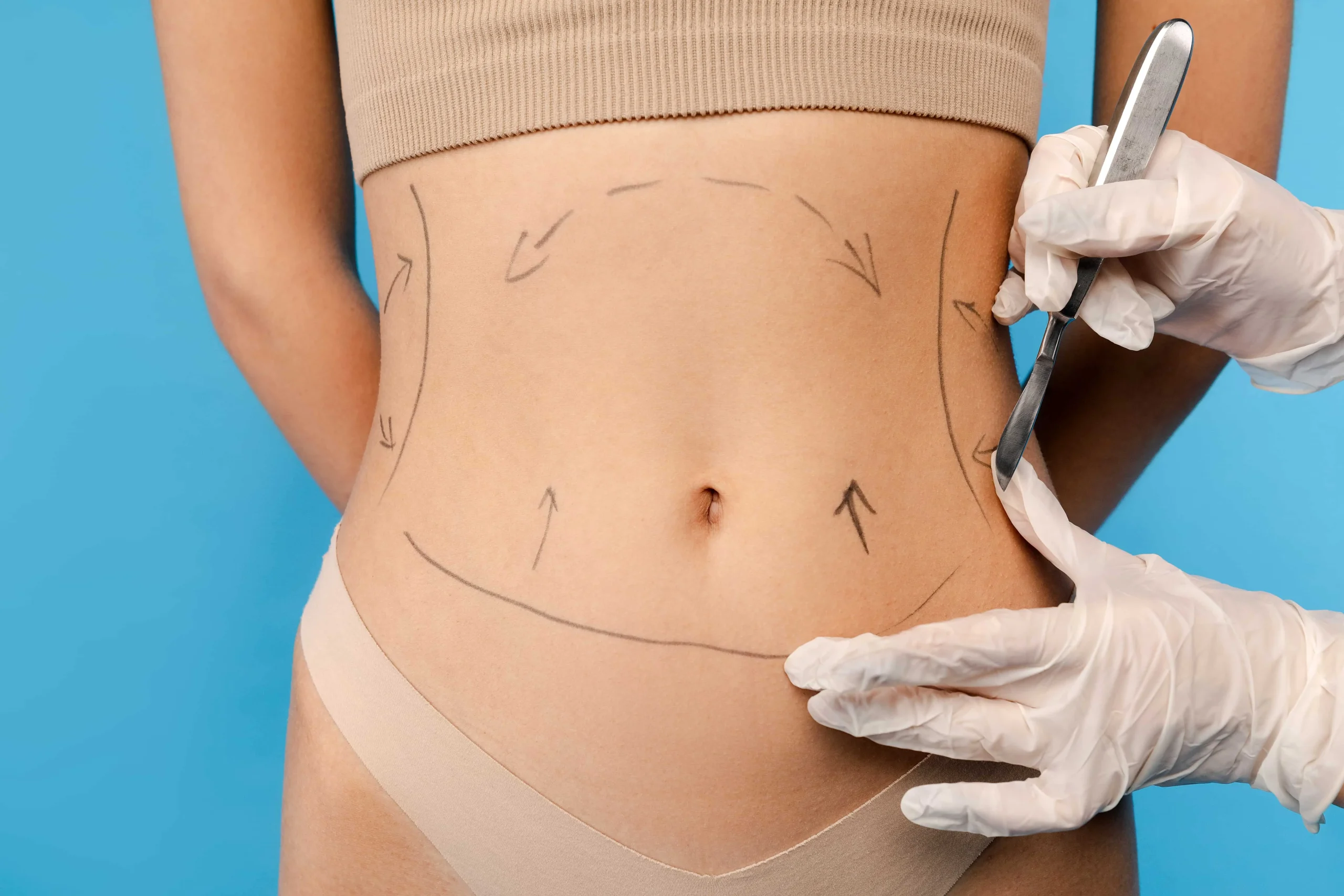
Tummy tuck surgery, or abdominoplasty, is a cosmetic procedure that removes excess skin and fat from the abdomen and tightens the underlying abdominal muscles. It is ideal for patients who have developed sagging skin or muscle separation (diastasis recti) due to pregnancy, weight loss, or aging.
The result is a flatter, firmer, and more toned abdominal profile.
You may be a suitable candidate if you:
Have loose or sagging skin in the abdominal area
Experience weakened abdominal muscles or poor core support
Are at a stable, healthy weight
Do not plan future pregnancies
Are in good overall health and don’t smoke
Have realistic expectations
Note: Tummy tuck is not a substitute for weight loss or a treatment for obesity.
Removes excess skin and fat from both upper and lower abdomen and tightens the abdominal muscles. The belly button is repositioned.
Best for: Moderate to severe laxity and muscle separation.
Targets lower abdominal area only with a smaller incision and no belly button repositioning.
Best for: Mild skin excess or “pooch” below the navel.
Removes a greater amount of skin (both horizontally and vertically), often used after massive weight loss or bariatric surgery.
Best for: Patients with large amounts of excess skin.
Before undergoing surgery, your surgeon will:
Conduct a thorough physical exam and medical history review
Evaluate your skin tone, abdominal fat, and muscle structure
Provide lab tests and clearance for anesthesia
Advise you to stop smoking, drinking alcohol, and blood-thinning medications
Recommend maintaining a stable weight for at least 6 months
Take pre-operative photos and discuss realistic outcomes
Give fasting and hygiene instructions for the night before surgery
Swelling, bruising, and tightness are normal
Drains (if placed) collect fluid
Walking is encouraged (with support) to improve circulation
Pain is controlled with medication
Drains are usually removed
Light daily activities resume
Swelling starts to decrease, but you may still walk slightly bent
Sutures (if external) are removed
You may begin to see early contour improvement
Most patients return to work and light exercise
Standing fully upright becomes more comfortable
Swelling continues to decrease
Scars begin to mature (tape or silicone recommended)
Removes excess skin and stubborn fat
Flattens the abdominal profile
Tightens core muscles and improves posture
Reduces discomfort from loose skin or skin rashes
Enhances comfort in clothes and swimwear
Improves body confidence and physical well-being
Yes. The scar typically runs low across the bikini line, allowing it to be hidden by underwear or swimwear. It fades significantly with proper care.
You may feel tightness and soreness, especially in the first week. Pain is manageable with medication and gradually improves.
Stretch marks located on the removed skin (usually below the belly button) will be eliminated. Other stretch marks may improve in appearance.
Yes, the results are long-lasting if you maintain a healthy weight and avoid future pregnancies. Natural aging continues but won’t reverse the core improvements.
Most patients return to office work within 10–14 days. Physically demanding jobs may require 4–6 weeks of recovery.
Absolutely. Tummy tuck is often combined with liposuction, breast lift, mommy makeover, or body contouring for enhanced results.
No. While you may look slimmer, tummy tuck is a contouring procedure, not a weight loss surgery.
Light walking begins early. Strenuous workouts and abdominal exercises resume after 6–8 weeks, with your surgeon’s clearance.

Medipol University Hospital, being the justifiably proud of Medipol Education and Health Group in Turkey and in the world, resulting in this spirit, is a health complex having JCI standards accepting patients from all over the world.
TEM Avrupa otoyolu göztepe çıkışı no:1, 34214 Bağcılar/İstanbul